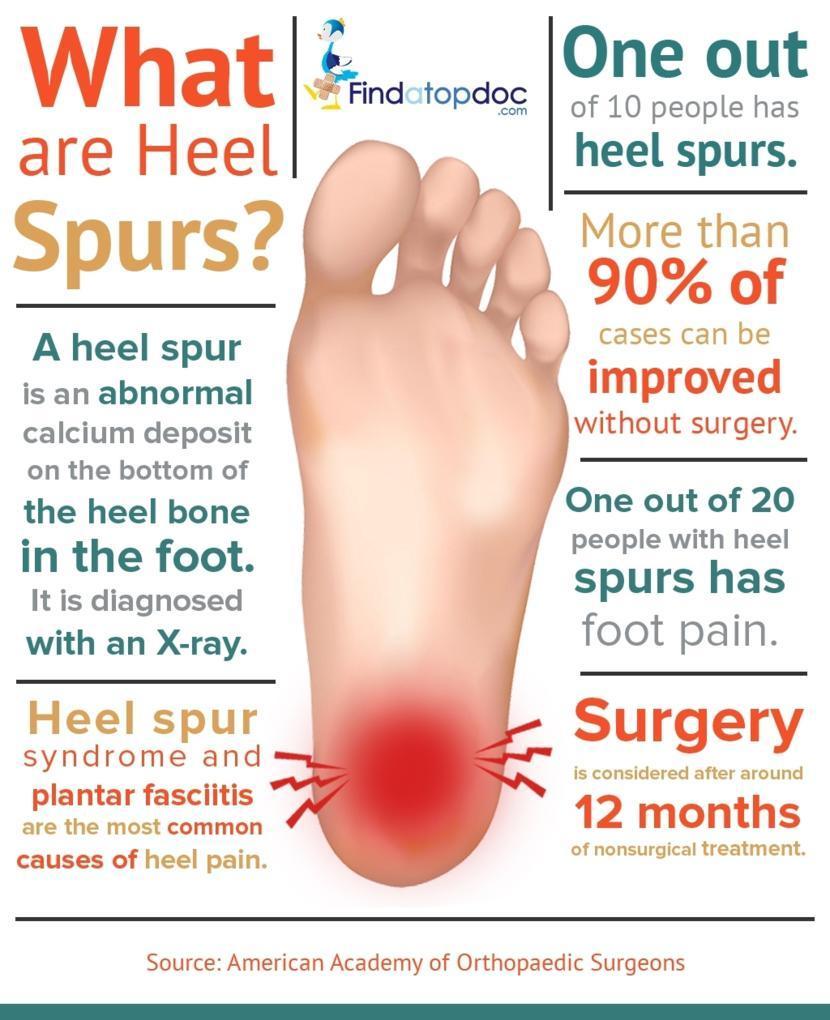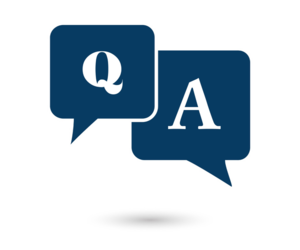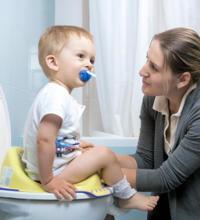Heel Spurs: Symptoms, Causes, and Treatments

When a person exposes their feet to constant stress, it triggers the buildup of calcium deposits at the bottom of the heel bone. Though this formation does not affect a person’s daily life, the situation changes when the formation undergoes repeated damage which causes a spur-shaped deformity known as heel spur. There is both a posterior calcaneal spur, and an inferior calcaneal spur.
- A posterior calcaneal spur, which forms at the back of the heel, is attributed to Achilles tendonitis.
- An Inferior calcaneal spur, located under the sole of the foot, is attributed to plantar fasciitis.
What Causes Heel Spurs?
The Achilles tendon is the thickest tendon in the human body, attaching plantar, calf, and soleus muscles to the heel bone. Sometimes this tendon can rupture and get inflamed. Inflammation comes as a response to injuries causing pain, irritation, and swelling. Achilles tendonitis is, therefore, the underlying reason for the formation of heel spurs at the back of the heel. On the other hand, Plantar Fasciitis, which is the most common cause of heel pain, is attributed for the spurs to form under the sole. The plantar fascia, tendon forming the arch and running to the ball of the foot, bears tiny tears when exposed to constant stress over a long period. When the plantar fascia is tight it pulls the heel bone, and as a consequence, the bone releases calcium trying to heal the heel. Spurs form as a measure of the body trying to repair the damage. It does not affect the person in most cases. However, when the foot is exposed to injuries or strain for a period, it can lead to intense pain, negatively impacting your life by obstructing your ability to walk properly.
Who Is at Risk of Developing Heel Spurs?
Heel spurs occur when calcium builds up on the underside of the heel bone as a result of the strain on the foot muscles and ligament. It is commonly seen in athletes who have to perform excessive running and jumping. Some people are at a higher risk of developing heel spurs than others. These risk factors include:
- Jogging: Jogging or running on hard surfaces puts a lot of stress on the heel bone, making one susceptible to heel spurs.
- Obesity: Being obese is like a magnet to a vast array of problems, and heel spurs are one of them. Carrying extra weight in the paunch puts a lot of stress on plantar fascia, increasing the chances for spurs to form.
- Bad shoes: Poorly fitted shoes, which lack arch support, put strain on the foot. Constantly wearing poorly fitted shoes poses a higher risk for problems.
- Age: As one ages, the protective fat gets thin and the plantar fascia flexibility reduces.
- Pregnancy: Pregnancy induces weight gain, which can lead to the relaxation of the ligaments. This, in turn, can lead to inflammation that can lead to heel spurs.
What Are the Symptoms of Heel Spurs?
Heel spurs do not always display clear symptoms. In fact, almost 10% of the population has heel spurs without any pain whatsoever. However, when these spurs rub against nearby bones or tissues, they can cause extreme pain and affect motion in the joint. The symptoms one might experience if he or she suffers from heel spurs are:
- Difficulty walking on hard surfaces
- Sharp pain while walking
- Bony heel growth
- Chronic heel and foot pain which does not go away
- Redness, swelling, and inflammation in the heel
- Inability to move foot downward and walk properly
Treatment for Heel Spurs
Heel spurs can be cured with the use of home remedies, orthotic device, and surgeries in extreme cases. Though there is no instant solution to cure heel spurs, there are steps that can be undertaken to improve the symptoms and eventually to get rid of the problem. It significantly reduces the struggle and pain one must go through if the condition is diagnosed in its early stages. Most cases can be resolved by following a combination of foot stretches, icing, and rest. Orthotic devices can be used to control the other motion which tends to put a strain on plantar fascia ligament or Achilles tendon. Using shoes with soft soles can help you make walking and movement less painful. Your health care provider might recommend that you perform stretching exercises, wear soft sole shoes, and shoe inserts.
If the pain does not reduce, medications such as acetaminophen (Tylenol), ibuprofen (Advil), and naproxen (Aleve) can be recommended. Corticosteroid can also be injected to relieve inflammation in the affected area. Extracorporeal Shock Wave Therapy (ESWT) is another method which can be used for treating heel spurs. It involves the use of sound waves to slightly injure the tissues surrounding the spur and enable the pain causing ones to heal.
Though more than 90% of the patients show improvements in symptoms following non-surgical methods, some people might not show any improvements. Surgery must be undertaken to get rid of heel spurs if nothing else seems to be working. Surgery might involve either the removal of the spur or release of the plantar fascia (Instep plantar fasciotomy). Endoscopy also performs the same function as that of an instep plantar fasciotomy, but it involves the use of smaller incisions to help you heal faster. The latter can, however, possess a higher risk of nerve damage. Therefore, you should consult your doctor before opting for an endoscopy. Surgery is followed by making the patient wear a walking cast to ease the pain of the surgery and speed up the healing process. Also, Magnesium is a vital mineral for the formation of bones and utilizing calcium. More than half the amount of the magnesium in the human body is stored in the osseins. Magnesium is required by the body for synthesis of protein, functioning of nerves, and to produce the antioxidant glutathione. To correctly function, it is required to change your lifestyle. Choosing the right physical activity is very important. Use well-fitting shoes with shock-absorbent soles, firm shanks, and supportive heel counters. Do not wear shoes that are too tight and restrict the movement of tendons, this leads to bone damage.













